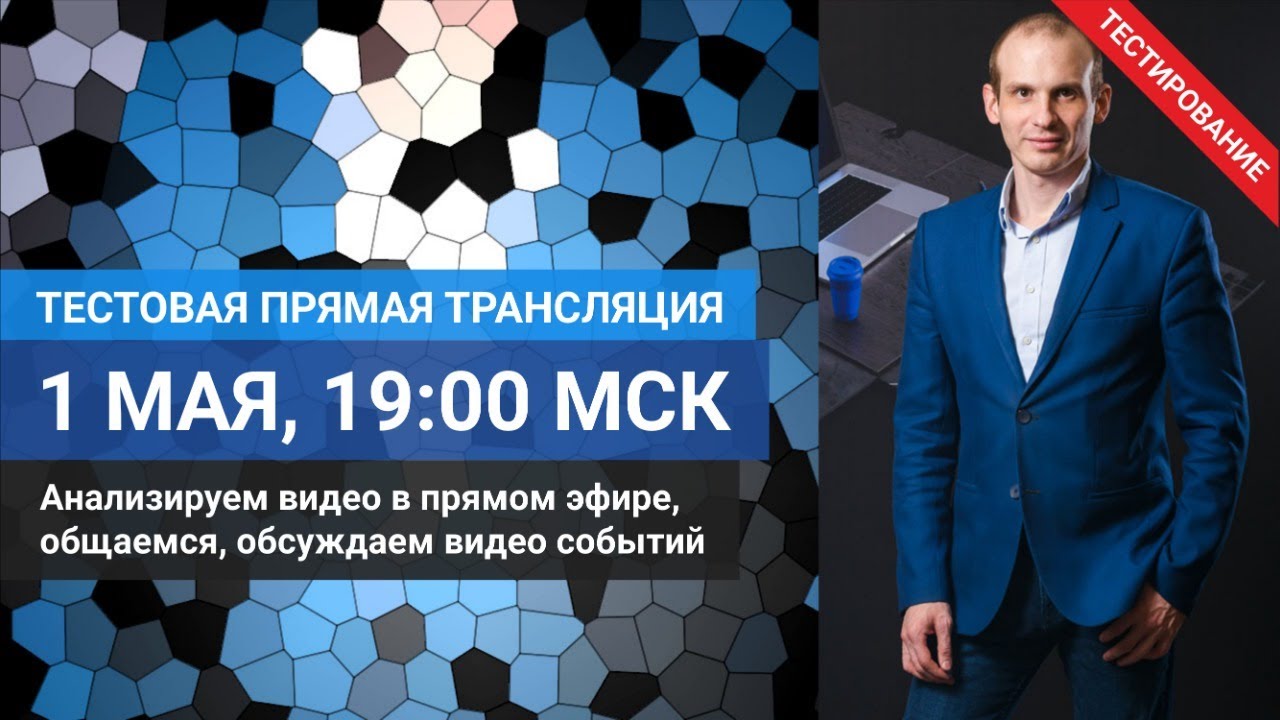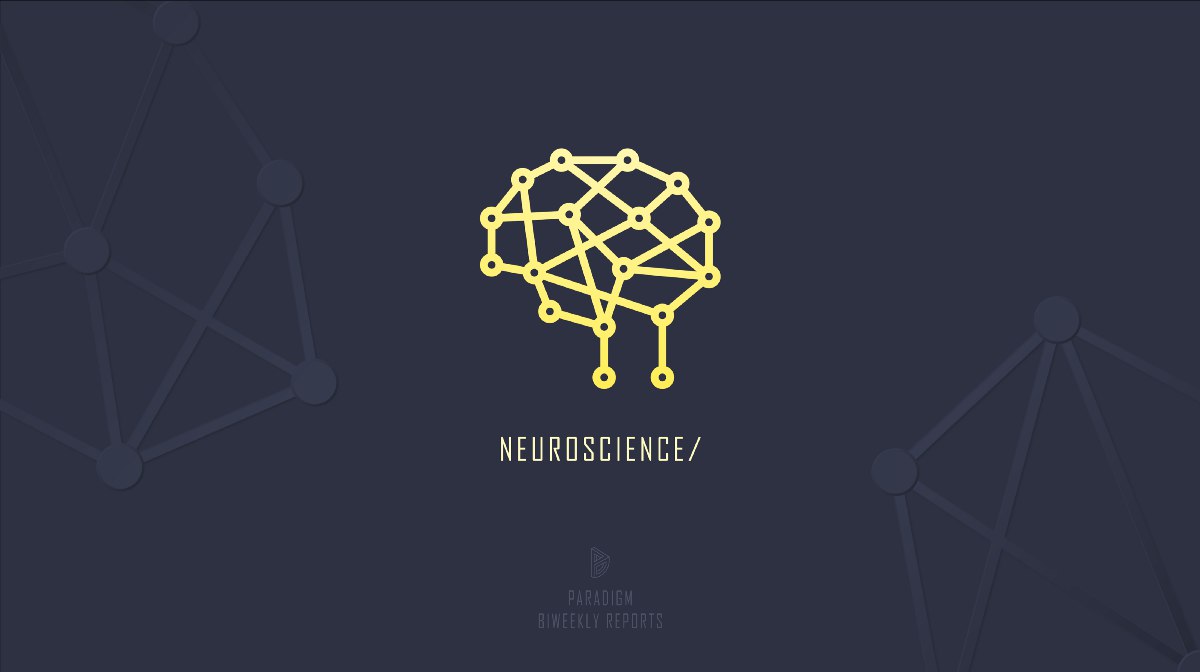ИА
Size: a a a
2020 April 26
IL
Как по психотравме определить психотип? Или как по психотипу определить психотравму?
В том то и соль - есть ли исследования, вопрос)
ИА
а по обработке где посмотреть? С Люшера перенять?
Нет, это просто ассоциативный ряд. Смотрите, какие понятия попадают в один цвет и делаете вывод
О
Нет, это просто ассоциативный ряд. Смотрите, какие понятия попадают в один цвет и делаете вывод
Спасибо
2020 April 27
А
Видео с курса на прошлой неделе пришло, а сертификаты никому не рассылали ещё?
О
завтра обещали
А
завтра обещали
Спасибо
NK
Новый элемент в профайлинге 😊:
NK
D
Кто может поделиться книгой Ларри Янг, Брайан Александер «Химия любви» - научный взгляд на любовь, с*кс и влечение. ?
ᅠ
Переслано от Flibusta Book — Книг...
D
Благодарю
2020 April 28
AF
Коллеги, рекомендую! Лично знаю Александра и его профессионализм и скромность достойны всяких похвал. Кому актуальна эта тема - не пропустите https://webinar.gd.ru/seminar/164-proverka-kontragentov-na-blagonadejnost-s-ispolzovaniem-metodov-i-sredstv-konkurentnoy?fbclid=IwAR0lIzBdwb9hLHj-KBmOTOjYH8rufdpKun2NNy-yHfrW3IPh5ec85Mm8QPk
2020 April 29
ИА
📺 Коллеги, возобновляю открытые прямые трансляции на Youtube. Постоянно скидывают различные видео, чтобы я их разобрал и высказал своё мнение по тому или иному вопросу. Поэтому решил возобновить открытые трансляции. Приглашаю в эту пятницу на первую такую трансляцию по ссылке - https://www.youtube.com/watch?v=1Ki4vOlO8Io. Если у вас есть интересные видео для анализа, готовьте и скидывайте в прямом эфире в комментариях к трансляции. До связи 👋
М

S
На аренду
2020 May 01
SS
NT/ Touch restored to spinal cord injury patient using BCI
- Implant-free optogenetics minimizes brain damage during neuronal stimulation.
- Scientists have been able to restore sensation to the hand of a research participant with a severe spinal cord injury using a brain-computer interface (BCI) system. The technology harnesses neural signals that are so minuscule they can’t be perceived and enhances them via artificial sensory feedback sent back to the participant, resulting in greatly enriched motor function.
- The NIH BRAIN initiative, research by Carnegie Mellon’s Biomedical Engineering Department Head Bin He advances high-density electroencephalography (EEG) as the future paradigm for dynamic functional neuroimaging.
- A team at the University of Massachusetts Amherst has discovered, while on their way to better understanding protein nanowires, how to use these biological, electricity conducting filaments to make a neuromorphic memristor, or “memory transistor,” device. It runs extremely efficiently on very low power, as brains do, to carry signals between neurons.
- Our short-term memory makes systematic mistakes; according to scientists, these mistakes help us to stabilize the continually changing impressions of our environment.
- Researchers have discovered that astrocytes, the most abundant cells in the brain, play a direct role in the regulation of adult neuronal circuits involved in learning and memory.
- Neuroscientists have examined what happens in the brain when hearing gradually deteriorates: key areas of the brain are reorganized, and this affects memory.
- Scientists estimate non-verbal learning disorder may affect up to 3 million children in the United States.
- Researchers have revealed how a commonly used general anesthetic, isoflurane, weakens the transmission of electrical signals between neurons.
- Biomedical engineers have successfully used deep brain stimulation based on light to treat motor dysfunction in an animal model of Parkinson’s disease.
- Single-nucleus transcriptomics reveal brain alterations associated with major depression. Deep layer excitatory cells and immature oligodendrocytes showed most changes, involving synaptic plasticity, immune function and steroid hormones.
- A new staining technique could allow detailed anatomical analysis and whole-organ comparisons between species at the cellular level.
- Using fNIRS hyperscanning in three-versus-three-person intergroup competitions, new study shows that in-group bonding and within-group synchronization of reduced dorsolateral prefrontal activity escalate intergroup conflict.
- A new subset of disease-associated astrocytes (DAAs) is identified in a mouse model of Alzheimer’s disease by single-nucleus RNA sequencing. DAAs are also found in aged wild-type mice, suggesting a link to genetic and age-related factors.
- Researchers have successfully rebuilt the bridge between experimental neuroscience and advanced artificial intelligence learning algorithms. Conducting new types of experiments on neuronal cultures, the researchers were able to demonstrate a new accelerated brain-inspired learning mechanism. When the mechanism was utilized on the artificial task of handwritten digit recognition, for instance, its success rates substantially outperformed commonly-used machine learning algorithms.
- Can staying up late make you fat? Researchers found the opposite to be true when they studied sleep in worms: It’s not the sleep loss that leads to obesity, but rather that excess weight can cause poor sleep.
- And more!
#NT
https://medium.com/paradigm-fund/nt-touch-restored-to-spinal-cord-injury-patient-using-bci-204d75904bc5
Neuroscience biweekly, 17th April — 1st May
- Researchers have developed a new method for simultaneous imaging brain activity from two people, allowing them to study social interaction.- Implant-free optogenetics minimizes brain damage during neuronal stimulation.
- Scientists have been able to restore sensation to the hand of a research participant with a severe spinal cord injury using a brain-computer interface (BCI) system. The technology harnesses neural signals that are so minuscule they can’t be perceived and enhances them via artificial sensory feedback sent back to the participant, resulting in greatly enriched motor function.
- The NIH BRAIN initiative, research by Carnegie Mellon’s Biomedical Engineering Department Head Bin He advances high-density electroencephalography (EEG) as the future paradigm for dynamic functional neuroimaging.
- A team at the University of Massachusetts Amherst has discovered, while on their way to better understanding protein nanowires, how to use these biological, electricity conducting filaments to make a neuromorphic memristor, or “memory transistor,” device. It runs extremely efficiently on very low power, as brains do, to carry signals between neurons.
- Our short-term memory makes systematic mistakes; according to scientists, these mistakes help us to stabilize the continually changing impressions of our environment.
- Researchers have discovered that astrocytes, the most abundant cells in the brain, play a direct role in the regulation of adult neuronal circuits involved in learning and memory.
- Neuroscientists have examined what happens in the brain when hearing gradually deteriorates: key areas of the brain are reorganized, and this affects memory.
- Scientists estimate non-verbal learning disorder may affect up to 3 million children in the United States.
- Researchers have revealed how a commonly used general anesthetic, isoflurane, weakens the transmission of electrical signals between neurons.
- Biomedical engineers have successfully used deep brain stimulation based on light to treat motor dysfunction in an animal model of Parkinson’s disease.
- Single-nucleus transcriptomics reveal brain alterations associated with major depression. Deep layer excitatory cells and immature oligodendrocytes showed most changes, involving synaptic plasticity, immune function and steroid hormones.
- A new staining technique could allow detailed anatomical analysis and whole-organ comparisons between species at the cellular level.
- Using fNIRS hyperscanning in three-versus-three-person intergroup competitions, new study shows that in-group bonding and within-group synchronization of reduced dorsolateral prefrontal activity escalate intergroup conflict.
- A new subset of disease-associated astrocytes (DAAs) is identified in a mouse model of Alzheimer’s disease by single-nucleus RNA sequencing. DAAs are also found in aged wild-type mice, suggesting a link to genetic and age-related factors.
- Researchers have successfully rebuilt the bridge between experimental neuroscience and advanced artificial intelligence learning algorithms. Conducting new types of experiments on neuronal cultures, the researchers were able to demonstrate a new accelerated brain-inspired learning mechanism. When the mechanism was utilized on the artificial task of handwritten digit recognition, for instance, its success rates substantially outperformed commonly-used machine learning algorithms.
- Can staying up late make you fat? Researchers found the opposite to be true when they studied sleep in worms: It’s not the sleep loss that leads to obesity, but rather that excess weight can cause poor sleep.
- And more!
#NT
https://medium.com/paradigm-fund/nt-touch-restored-to-spinal-cord-injury-patient-using-bci-204d75904bc5
М
AF
М
Выглядит эффектно





